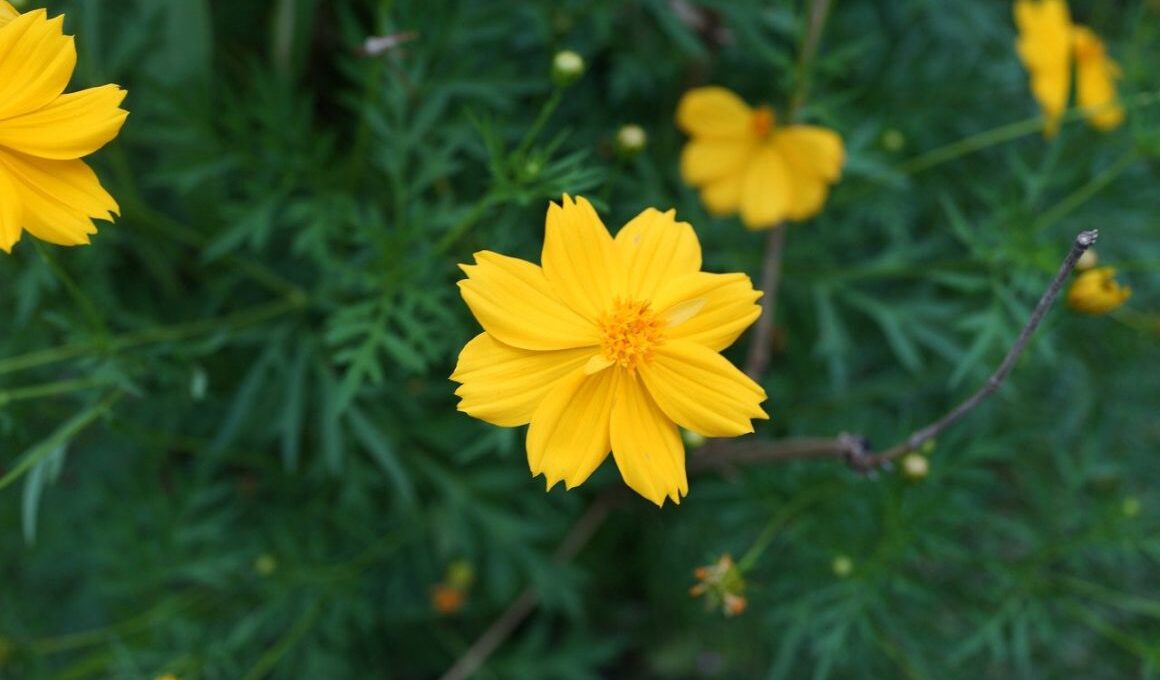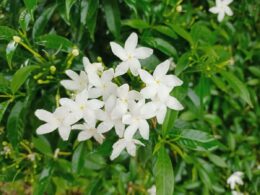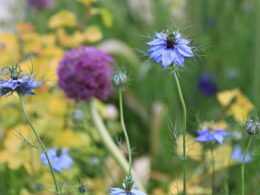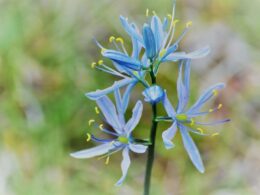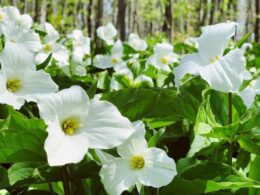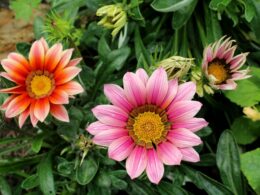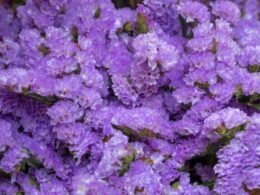Coreopsis Flower: Basic Information
Coreopsis is a genus of flowering plants in the family Asteraceae. The genus includes annual and perennial species. They are native to North America and occur in a wide range of habitats. Coreopsis is a genus of flowering plants in the sunflower family. The name comes from the Greek words “koris” and “opsis” which mean “bedbug” and “view” respectively. This refers to the shape of the flower, which resembles a bedbug. It is also known as the tickseed flower or calliopsis. Coreopsis flowers are often used in gardens and as cut flowers.
Coreopsis Flower: Description
The size of coreopsis plants varies depending on the species. They can range from 8 inches (20 cm) to 3 feet (1 m) in height. The foliage is usually green, but some species have variegated leaves with white or cream-colored markings. The flowers on this plant have showy heads with bracts that come in two series. The outer ones are usually connected at the base. The flowers typically have 8-12 petals and are bright yellow, but can have orange or red markings. The center of the flower head is often darker than the outer petals, but may be also reddish.
Types of Coreopsis
There are many types of coreopsis flowers, and each one has its own unique beauty. Some of the most popular varieties include:
- Coreopsis lanceolata: This variety has long, narrow leaves and bright yellow flowers. It is a popular choice for gardens and cut flower arrangements.
- Coreopsis tinctoria;
- Coreopsis verticillata;
- Coreopsis lanceolata;
- Coreopsis auriculata, also known as “Moonbeam”;
- Coreopsis rosa: this variety has pink flowers and has a short stalk.
Coreopsis Flower Distribution and Habitat
The Coreopsis genus contains annual and perennial plants that are native to North America. They are often found in open, sunny areas such as prairies, meadows, and roadsides. It is often used as an ornamental plant in gardens and landscaping. The plant is also drought tolerant and does not require a lot of maintenance.
How to Care for Coreopsis Flowers?
Coreopsis is a beautiful type of flower that come in different colors and can brighten up any garden. Bees and butterflies are attracted to its colors. They are relatively easy to care for, but there are a few things you should keep in mind to ensure that they stay healthy and bloom beautifully.
Soil
Coreopsis flowers prefer well-drained, sandy soil. If your soil is on the heavier side, consider mixing in some sand to improve drainage. The soil should be neutral or a little on the acidic side, with a pH of 6.0 to 7.5.
Watering
Water your coreopsis plants regularly, making sure to keep the soil moist but not soggy. During hot summer days, you may need to water more often. They do not however require a lot of water, so be careful not to overwater.
Fertilizing
A light application of fertilizer will help your coreopsis plants to thrive. Apply a general-purpose fertilizer every few weeks, or use a slow-release fertilizer at the beginning of the season.
Light
Coreopsis flowers love full sun and will bloom best when they get at least six hours of sunlight per day. Some varieties can tolerate a bit of shade, but they may not bloom as profusely. Every few years, you can divide your coreopsis plants to keep them healthy. To do this, dig up the plant and carefully separate it into smaller pieces. Each piece should have at least 2-3 sets of leaves. Replant the divisions in a sunny spot.
Common Problems
Coreopsis flowers are generally low-maintenance and easy to care for. However, they can be susceptible to powdery mildew, so be sure to keep an eye out for any signs of this disease. If you see any affected leaves, remove them promptly. Additionally, deadheading (removing spent blooms) will encourage your plants to produce more flowers.
How to Grow Coreopsis?
One of the best things about coreopsis is that it’s a hardy plant that can tolerate dry conditions. However, you’ll still need to provide some basic care in order to ensure that your plant thrives. Here are some tips on how to grow coreopsis
Choose a Sunny Spot
Coreopsis does best in full sun. To grow coreopsis from seed, start by planting the seeds in early spring. The seeds should be planted in a sunny location, and will germinate in about two weeks. Once the seedlings have emerged, thin them so that they are about six inches apart. Coreopsis will bloom best in full sun, but can tolerate some shade.
Prepare the Soil
Loosen it with a shovel or spade. You should also add some organic matter such as compost or manure to help improve drainage. Coreopsis do best in a soil that is well drained and slightly acidic.
Plant the Seeds
Plant your coreopsis seeds or seedlings about six inches apart. Once they’ve sprouted, thin out the weaker plants so that the stronger ones have more room to grow.
Water Regularly
Water your plants regularly, particularly during periods of extended dry weather. Supplementing rainfall with irrigation will help keep your plants healthy and prevent them from drying out and dying.By following these simple tips, you can enjoy the beauty of coreopsis flowers in your garden for many years to come.
What Are Coreopsis Flowers Used for?
Coreopsis flowers are commonly used as decorative plants in gardens and landscaping. They are also used in dried flower arrangements. The flowers can be harvested when they are fully open, and they will retain their color and shape when dried. Coreopsis flowers are also sometimes used in herbal teas. The tea has a mildly sweet flavor and is said to have several health benefits, including promoting digestion and reducing inflammation. Coreopsis flowers can also be infused into oil or vinegar to create a flavorful dressing or seasoning.





